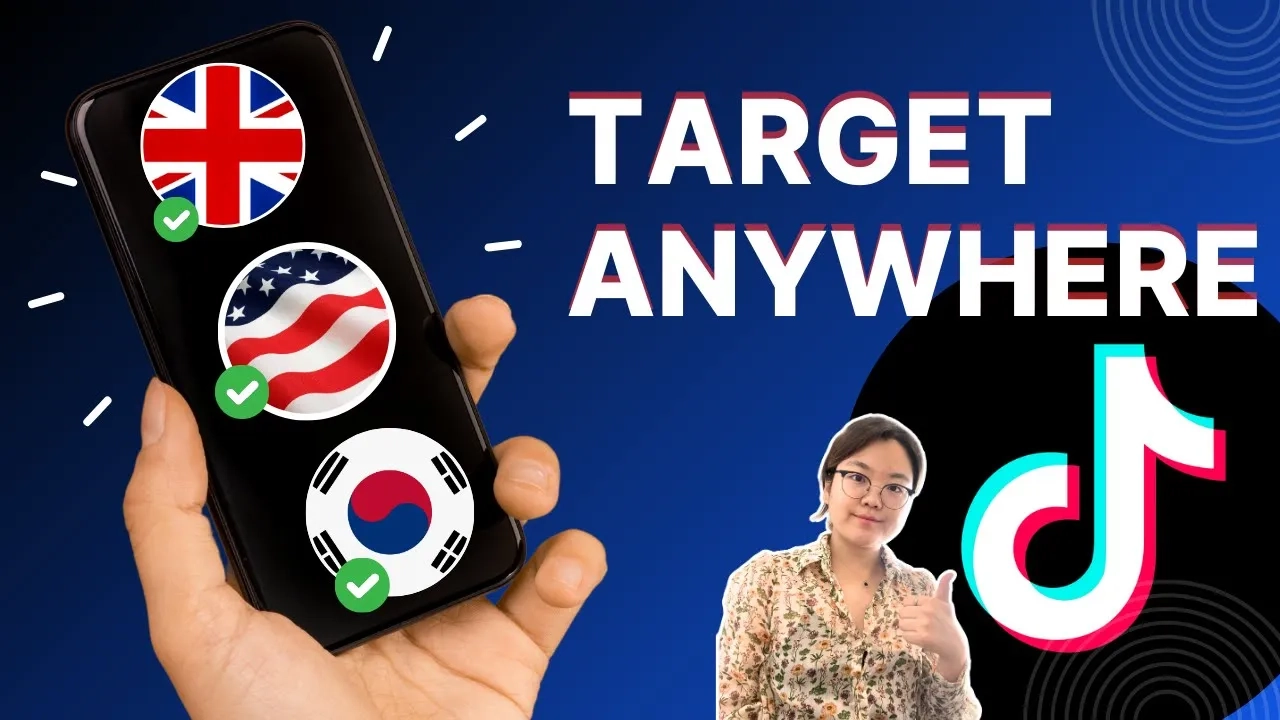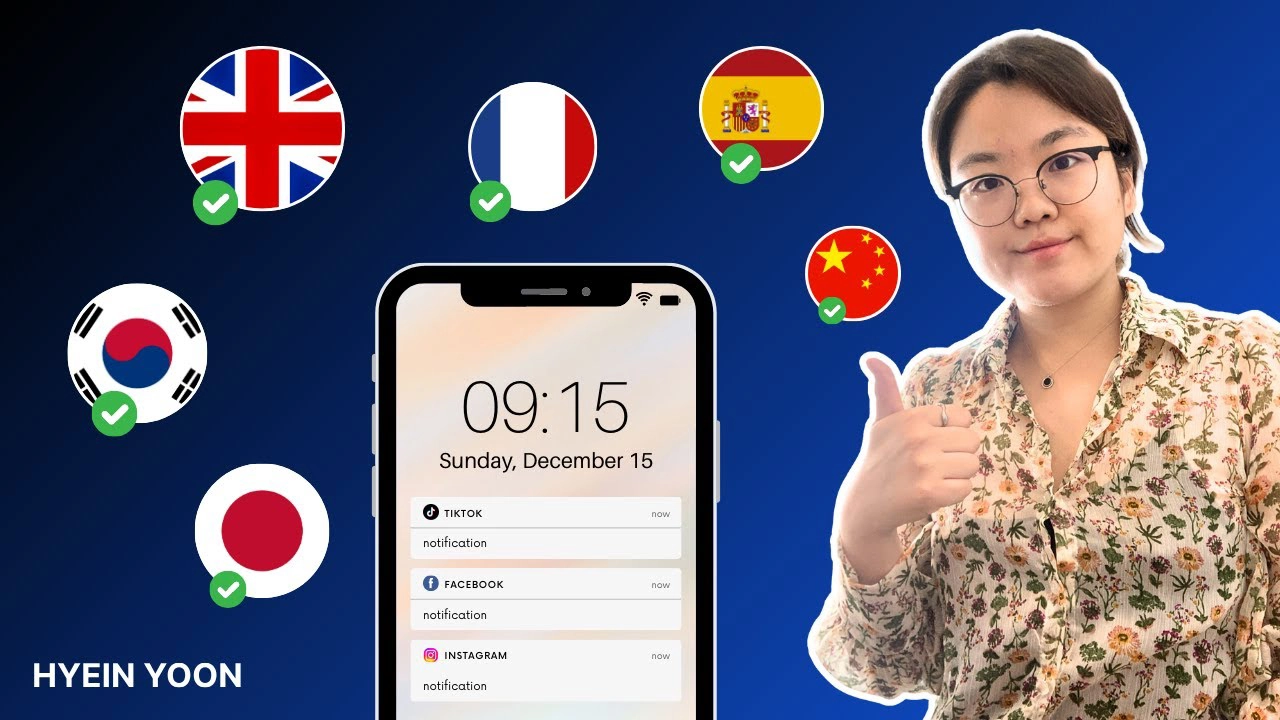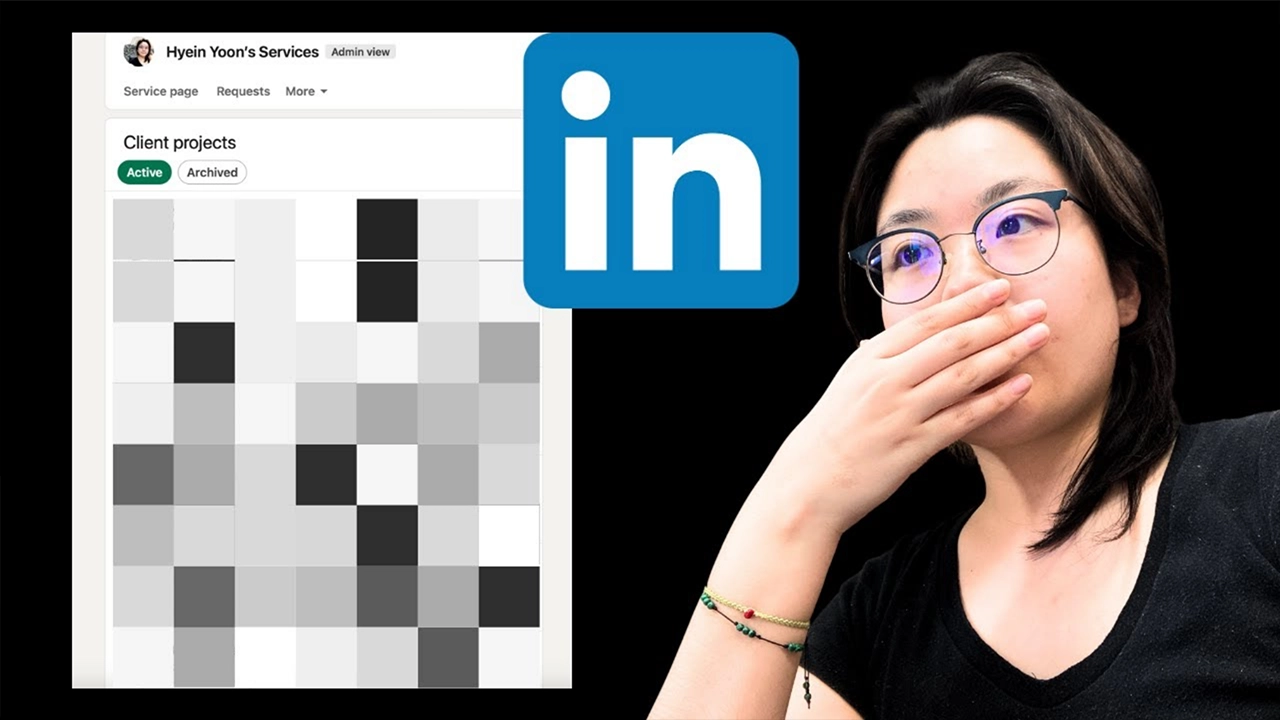IKEA Korea makes over $460M a year—and it’s not just because of their furniture.
It’s because they know how to market.
From irresistible food offerings to immersive showrooms and smart retargeting, IKEA’s Korea strategy is a masterclass in how to make people want to show up and buy more than they planned to.
And in this post, I’m breaking down 5 key marketing strategies (or hacks) you can apply to your own business—especially if you’re targeting Korea, Japan, or any competitive market where foot traffic and attention are hard to earn.
Prefer watching? Here’s the video version for you! 🎥✨
IKEA Korea's Impressive Growth
Some quick background: IKEA established itself in Korea in 2011 and opened its first physical store in Gwangmyeong, Gyeonggi Province in December 2014. Since they had already built brand recognition through overseas direct sales, their growth was explosive.
In fiscal year 2017 (September 2016-August 2017), they recorded KRW 365 billion in sales, and that’s grown to approximately KRW 600 billion every year since 2021!
A Quick Backstory
(aka How I Accidentally Fell into IKEA’s Funnel 😅)
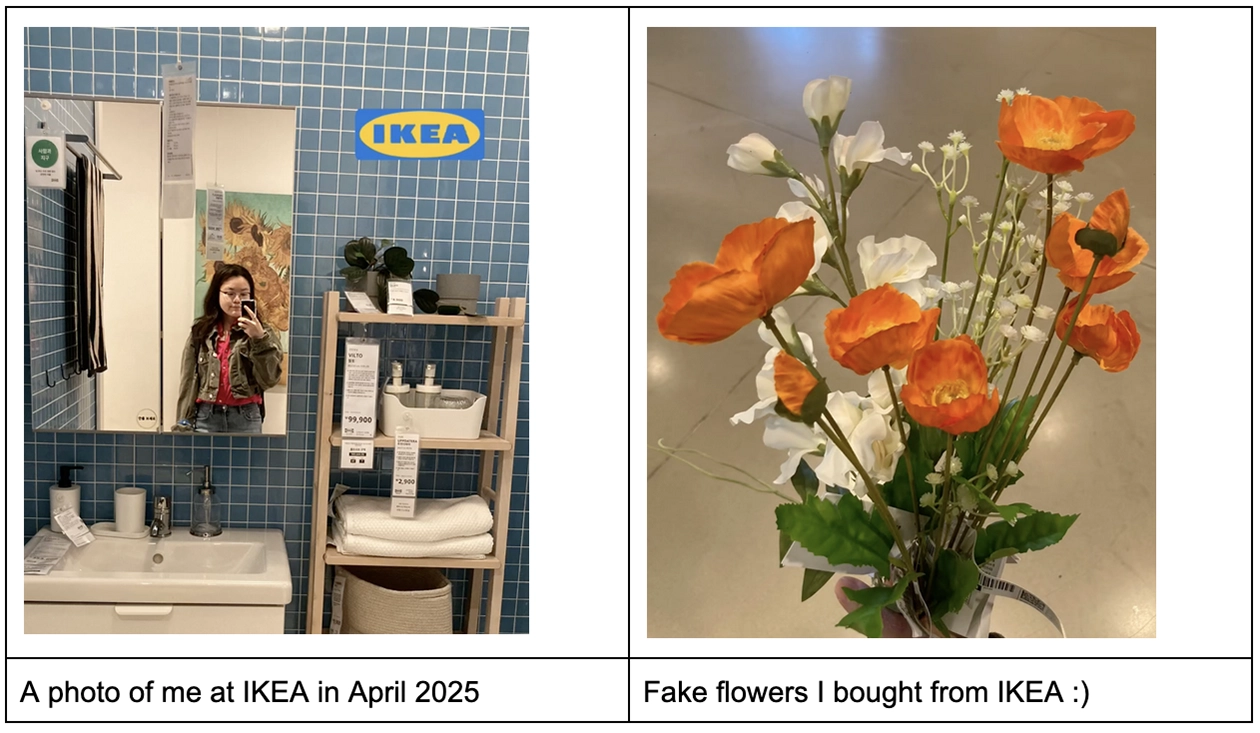
I’ve always been a fan of IKEA—not just for their clean design and affordable pricing, but for their sustainable approach to doing business.
And lucky for me, the IKEA store is just a 10-minute walk from my apartment.
So sometimes I stop by to grab brunch or wander through their showroom when planning an interior update—whether it’s for my place or our office.
But the other day, something stood out.
I wasn’t planning to go. It was spontaneous. I got there at 9:28 AM.
And I noticed the door wasn’t open yet—because it turns out…
- On weekends, the cafe and restaurant open at 9:30 AM,
- But the showroom and warehouse don’t open until 10:00 AM.
- On weekdays, it’s even more staggered:
- Cafe opens at 10:00 AM
- Restaurant at 10:30 AM
- Showroom at 11:00 AM
It made me pause and think:
They’re not just opening early for convenience. This is a marketing strategy.
I found this fascinating – how brilliant to have customers enjoy some treats first (whether they intended to or not, haha) while building anticipation for the showroom to open. As someone who was already planning to grab coffee first (their coffee, desserts, and breads are so good!), I recognized this as a brilliant marketing move.
IKEA is essentially creating an additional revenue stream while making the waiting experience enjoyable. Even customers who only came to check out furniture end up spending a little money on food!
Strategy #0: The Big Question
— “How Do You Make Customers Come and Buy?”
There needs to be a strong motive for people to visit your business—especially if you’re new to the market.
It reminds me of a project I led for the Gyeong-ui Line Book Street promotion, where we achieved a 25% conversion rate from online traffic to offline visitors.
The insight behind that success is the same one I see at IKEA today:
It can’t just be about your products.
Even major retailers like Costco understand this. (Think about their famously cheap hot dogs that used to be available without a membership card.)
There needs to be a reason to visit—something that gets people through the door before they even think about buying.
Strategy #1: Low-Entry Offers That Attract Everyone (Even Non-Buyers)
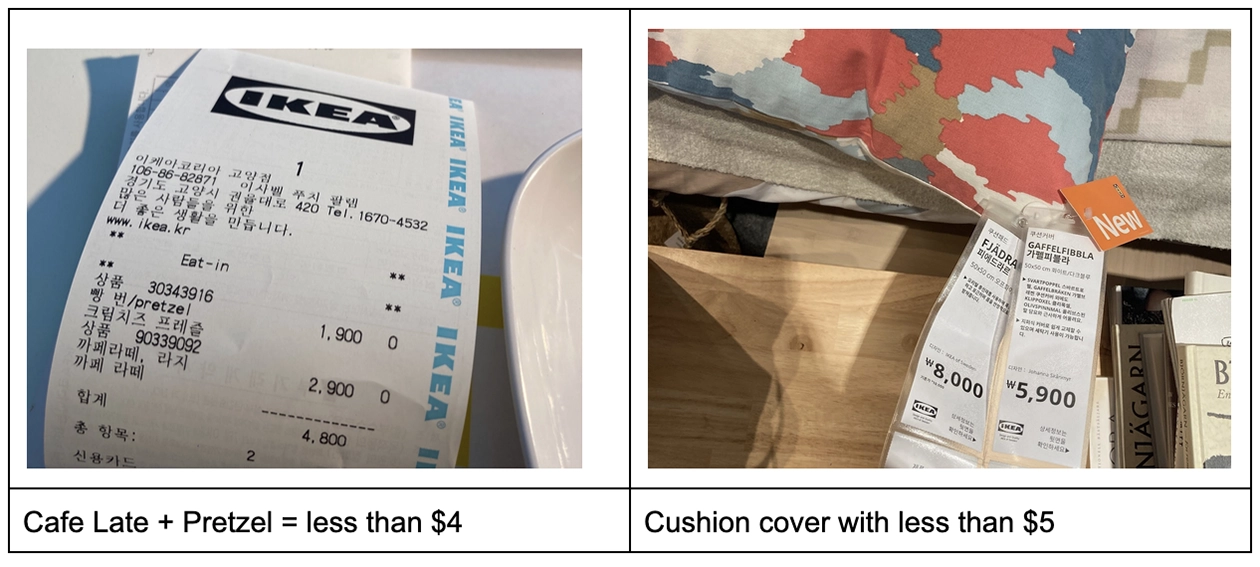
When I look at what IKEA does, they have two main ways to attract customers with minimal commitment:
Food, Food, Food!
Their restaurants, cafes, ice cream stands, and bistros offer delicious meals and snacks at surprisingly reasonable prices. As a somewhat picky eater myself, I can tell you their offerings are genuinely good!
The "Something for Everyone" Product Range
They have TONS of products ranging from literally $1 to $3K, creating the perception that IKEA offers great value regardless of your budget. And honestly? The products really are decent quality for the price.
This approach also cleverly introduces Korean customers to Swedish culture – it’s not just shopping, it’s an experience.
Even if someone doesn’t need a new sofa today, they might show up for a hot meal… and walk out with a cart full of home goods.
It’s all part of a low-friction entry strategy.
What’s your version of this? A $10 product? A freebie? A mini offer that builds trust and gets people in the door—digitally or physically?
Strategy #2: Experience First, Then Educate
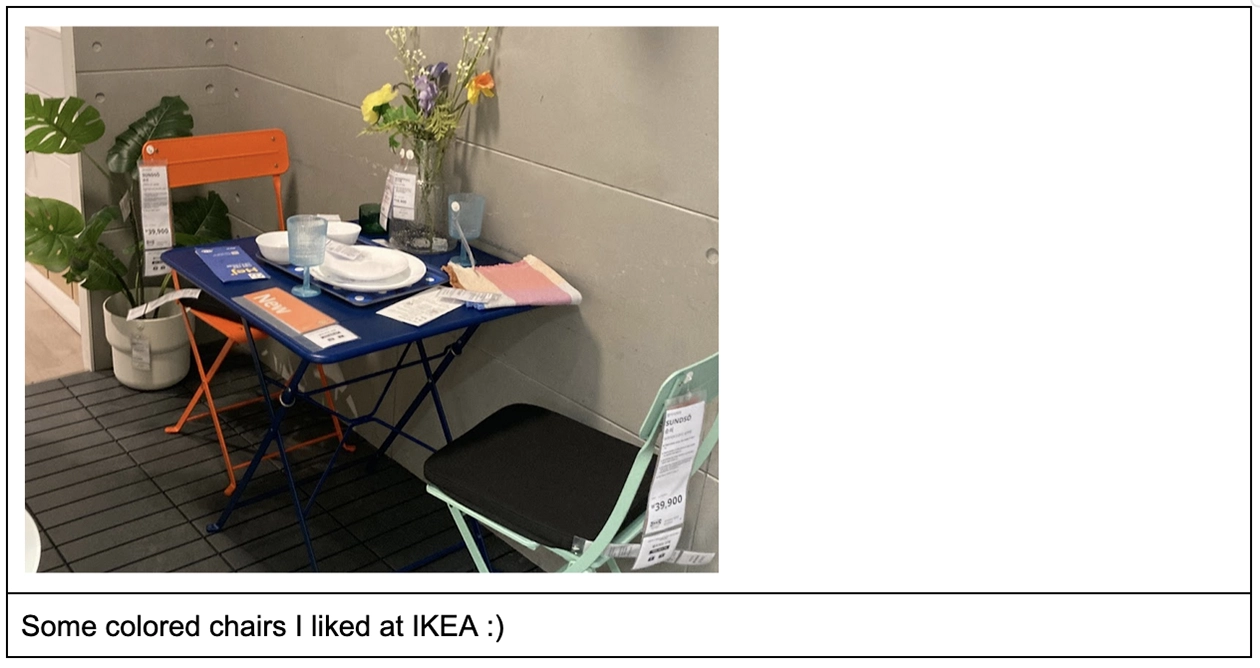
Imagine you’re walking through IKEA with me (fun, right?). The first thing you’ll notice is their products are EVERYWHERE – chairs and desks in their restaurants, fake flowers in the cafe, and of course, those perfectly designed showrooms filled with IKEA products.
They’re strategically closing the gap between not knowing their products and being familiar with them.
Think about this in human terms – we don’t accept “let’s be friends” from someone we just met, right? Proper introductions come first!
In marketing, it’s the same – IKEA plants the seed so when you think “I need a table for my office,” your brain automatically goes “Oh, IKEA is nearby and I saw some nice tables there” or “I noticed IKEA has great prices on Instagram.”
When you experience something firsthand, it becomes familiar. And familiarity builds trust, which leads to purchases!
If you’ve just launched new products or are struggling to position yourself in a new market, ask yourself:
“How can potential customers EXPERIENCE what we offer before committing?”
For service businesses, this might mean free resources on social media, downloadable guides, or complimentary consultations.
For B2C brands, consider tester programs, product demos, or immersive social media content.
Strategy #3: Diverse Offline Events That Turn First-Timers into Fans
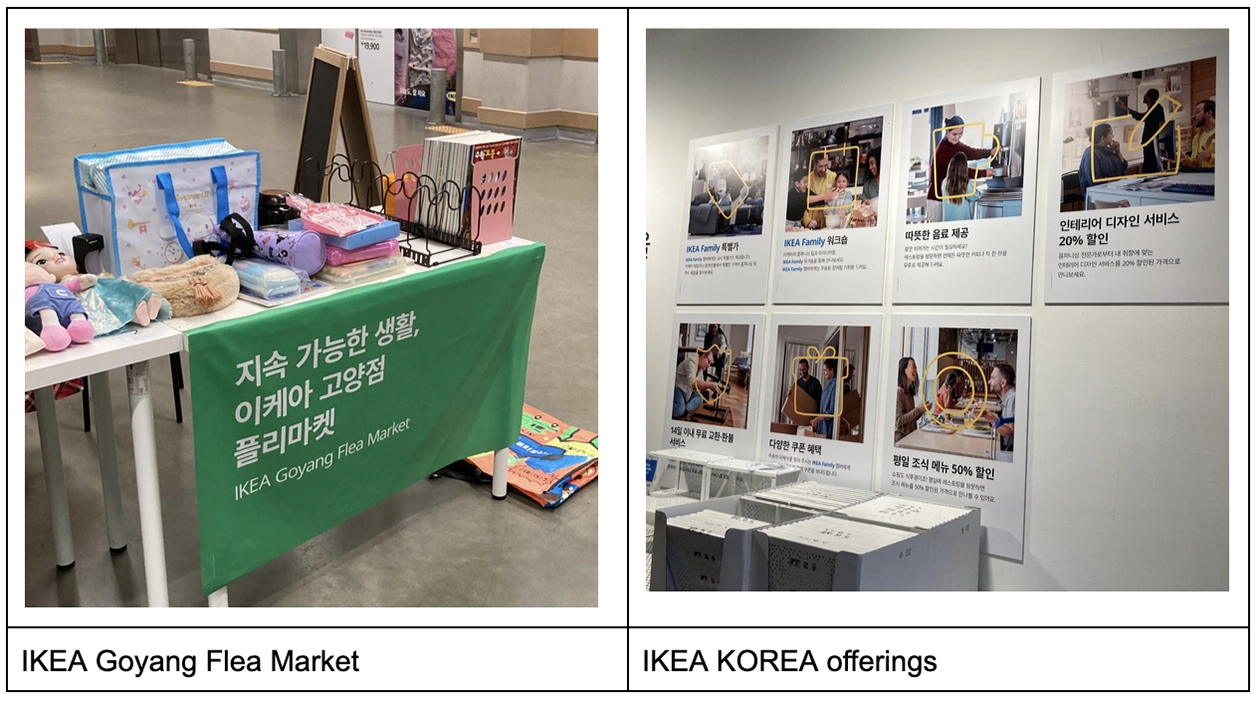
So now let’s say you’ve visited IKEA and bought some products perfect for your space. At checkout, the clerk asks, “Do you want to become an IKEA family member? There are some great benefits…” and you sign up.
When you check your email later, you find messages from IKEA following up on your purchases and asking for feedback.
Then a week later, more emails arrive: “Want to join our free baking class? How about our flea market? Or our pajama event?”
Wow! Free events AND free food?
You start seeing IKEA as more than just a furniture store – they’re building a community!
This is brilliant retargeting that converts new customers into loyal fans. It’s based on the marketing truth that “buyers are buyers” – people who have purchased once are most likely to purchase again.
All of this builds emotional connection + customer retention.
How are you retargeting your customers? You can approach this in three ways:
- Social media engagement (the soft approach; low-key presence and reminders)
- Email newsletters (the middle ground; value + product blend)
- Paid ads (the direct approach with the strongest CTA)
For brands already making initial sales and looking to scale, focus on “blocking the leak” – keeping customers engaged so they don’t drift away after that first purchase.
Want to learn how paid ads work in this funnel?
Strategy #4: Strategic Email Marketing 📧
Here’s something interesting – email marketing isn’t super popular in Korea yet! Many brands (even ones you’ve signed up for) don’t know how to nurture customers through email effectively. Often, they just send promotional emails with no real value.
So how does IKEA excel at email marketing? Looking at their emails, I notice they highlight just ONE thing at a time, whether it’s new products or upcoming events. Their approach never feels aggressive – it’s subtle enough for customers to consider without feeling pressured, yet still includes clear calls to action.
- Welcome emails after sign-up
- Purchase follow-ups
- Promotional emails (done tastefully!)
- New product announcements
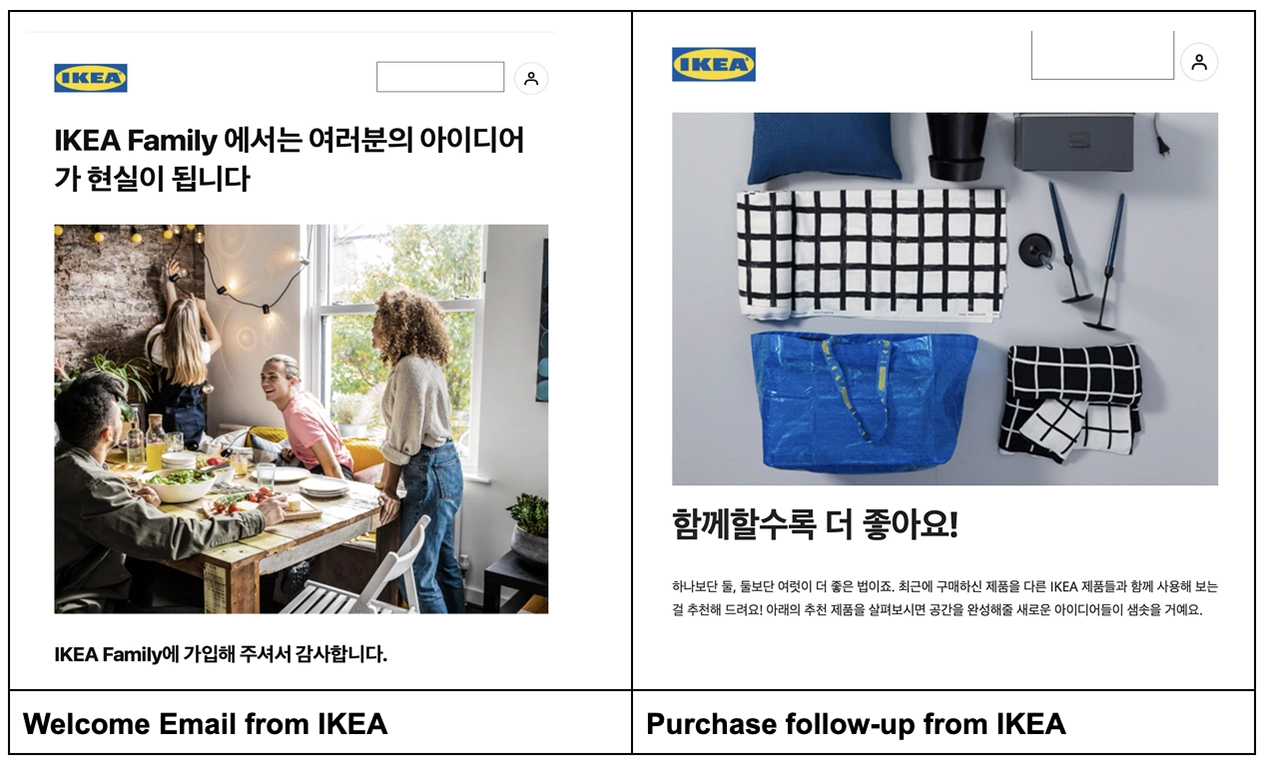
If you’re ready to scale, you can’t ignore email marketing as a retargeting tool. Remember: buyers are buyers! Create an email sequence that guides customers through their journey with your brand while providing genuine value.
Strategy #5: Omnichannel Online Marketing That Feels Personal
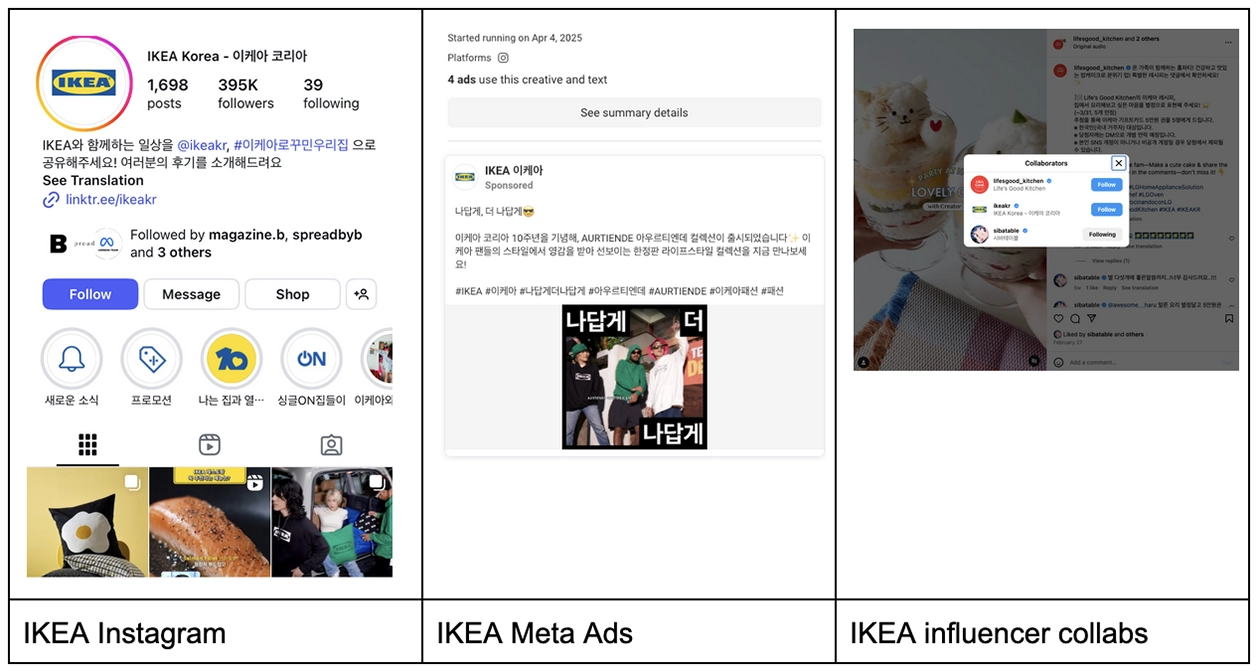
Now let’s say you checked IKEA’s emails after your purchase, then went back to scrolling Instagram. Maybe it’s been weeks since you visited IKEA or opened their emails.
Then you notice influencers talking about designing their rooms with IKEA products. Interesting! You watch the whole reel and decide to check out the actual products on IKEA’s website.
The prices look good, so you save items to your cart for your next visit. A few days later, you see someone who bought the exact furniture you were considering… tempting!
Then you see another IKEA reel, and a few days after that, you open their newsletter to check for any discount events. Since you live close by, you consider visiting with friends to get their opinions too.
See what’s happening here? The customer journey isn’t a straight line. It involves social media, influencers, newsletters, search engines, and even friend recommendations!
- Watch the whole video
- Visit the website
- Save an item to your cart
- Ask a friend what they think
- See another person post it later that week
- …and then you check back for discounts
That’s not coincidence. That’s IKEA’s ecosystem at work.
- User-generated content
- Influencer marketing
- Email retargeting
- Organic content
- Product placement
- Social proof
By combining offline strategies with online marketing, IKEA creates multiple touchpoints that prevent customers from slipping away.
Your marketing strategy should combine great products/services, effective offline experiences, and strategic online marketing to support customers throughout their journey.
The big question is: “How can YOU make customers happy? How can you better serve them at every stage possible?”
Final Thought: What Can You Steal from IKEA’s Strategy?
- ✨ A low-barrier way to get people in the door
- ✨ Real experiences that turn curiosity into trust
- ✨ Email touchpoints that feel like service, not spam
- ✨ A reason to come back, again and again
- ✨ A system, not a one-off campaign
I know we can’t fix everything at once, so identifying your biggest “leak” first will give you the best ROI right now.
IKEA is generating EUR 45.1 billion globally (FY24) and about $450M annually in Korea alone. Whether you look at IKEA or Costco, their success comes down to how well they serve customers and make them happy.
At HY MARKETING, we helped international brands hit 5.43X+ ROI, 4.5M views, and 10K engagements within a 2-month project. If you'd like to know how you can make an even better result with us, apply to work with us.
About the author: Hyein is the founder of HY MARKETING, specializing in helping international brands successfully enter and thrive in Asian markets through strategic planning, social media marketing, influencer collaborations, and targeted advertising campaigns.
your next big win?
This playbook cuts through the noise and gives you the blueprint to enter with impact.
